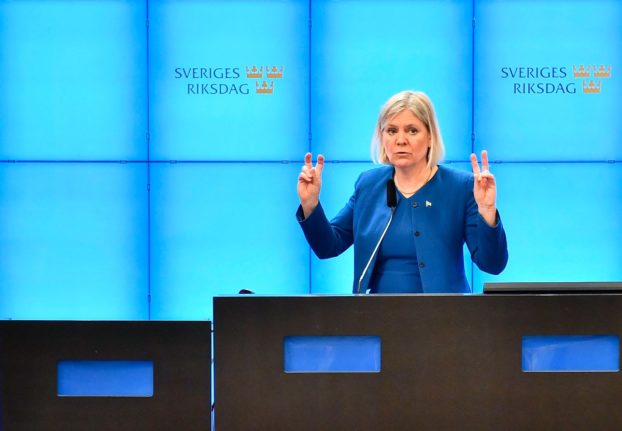The study looked at five different areas including student achievement and teacher qualifications in order to produce figures on how school performance varies between Sweden’s municipalities.
The results showed that Lomma in Sweden’s southernmost region Skåne performed best, while Finspång in southeastern county Östergötland did worst. Performance in the specific categories varied significantly.
In Vellinge municipality for example, 98 percent of students passed their national tests in year nine and were eligible to progress to upper secondary school (Gymnasium), but in Färgelanda the rate almost halved to 52 percent.
Student performance was generally poorest in smaller municipalities and best in wealthy Stockholm municipalities.
“What is most evident is that it is so unequal between municipalities and incredibly varied. There are even differences between municipalities with similar economic make-ups,” Åsa Fahlén, chairperson of the National Union of Teachers, told news agency TT.
Fahlén compared Swedish schools to a lottery when it comes to the conditions students will work in, and highlighted an overall downward trend.
“We can see that the inequality is increasing and it is difficult to take anything positive from the results,” she said.
The union also argued that Sweden’s schools should receive their funding from the central state to try to tackle the imbalance, instead of having their resources allocated by municipalities as is currently the case.
“Municipalities are not able to deliver equal schools. Much depends on both the economic conditions but also will and understanding of the importance of school. Sometimes I don’t think people understand how important it is to invest in schools and to have competent teachers,” the union head argued.
Sweden’s schools have been criticized in recent years as scores in national tests slide down global rankings. The proportion of students who did not get good enough grades to move on to the final three years of school in the country rose from just over 10 percent in 2006, to more than 14 percent in 2015.
The municipalities whose schools performed best and worst, according to the study:
1. Lomma
2. Salem
3. Varberg
4. Härryda
5. Örnsköldsvik
6. Danderyd
7. Bollebygd
8. Markaryd
9. Ekerö
10. Luleå
…
281. Ronneby
281. Töreboda
283. Sollefteå
284. Nordanstig
285. Skinnskatteberg
286. Munkfors
286. Vansbro
288. Fagersta
289. Bollnäs
290. Finspång



 Please whitelist us to continue reading.
Please whitelist us to continue reading.